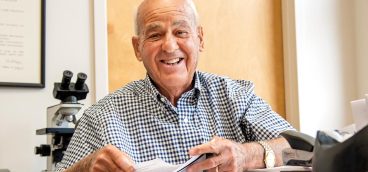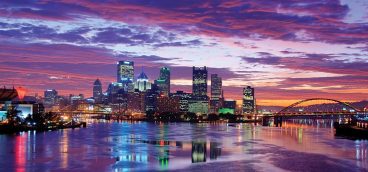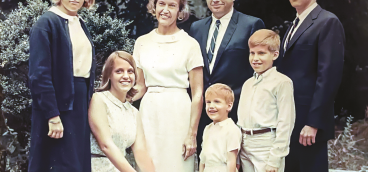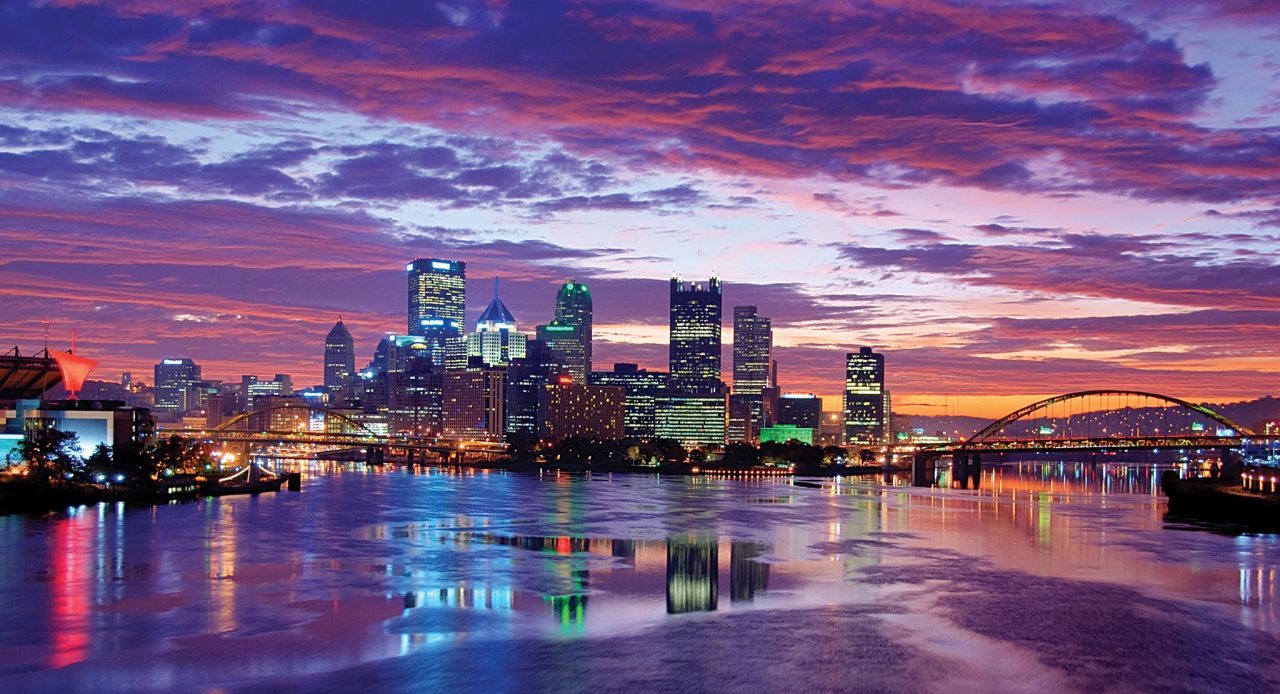
Editor’s note: We invited 13 regional leaders to give their thoughts on how to revitalize and reinvigorate Downtown Pittsburgh. Despite numerous emails back and forth with the communications staff of Pittsburgh Mayor Ed Gainey from March 15 to April 20, the Mayor did not offer his thoughts on Downtown Pittsburgh. The responses of 12 other leaders follow.
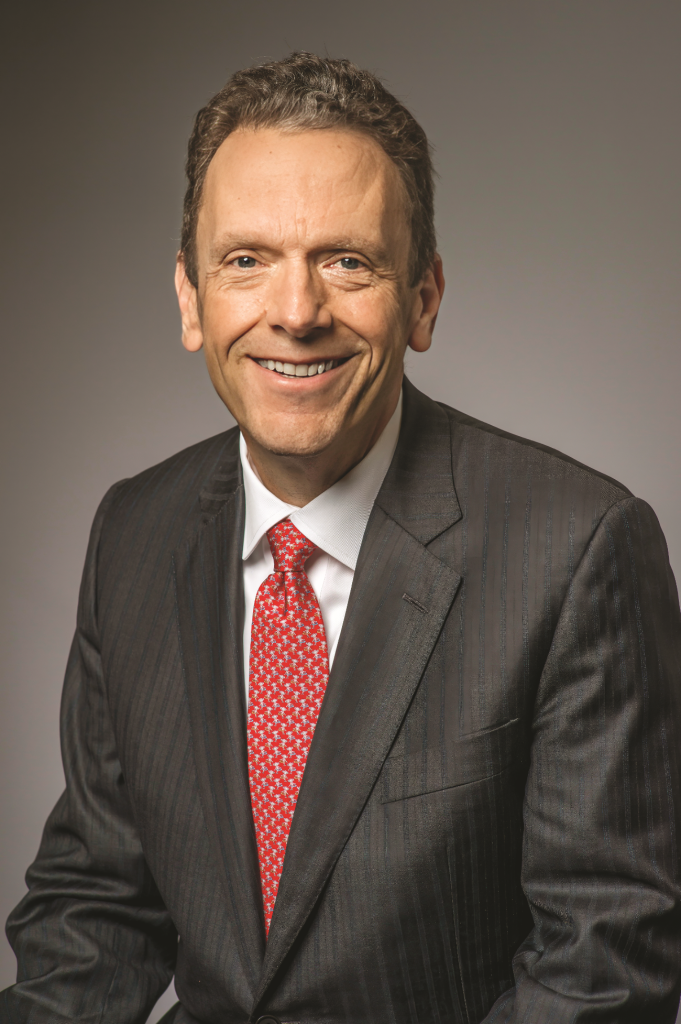
DAVID L. HOLMBERG, PRESIDENT & CEO, HIGHMARK HEALTH
I view Downtown Pittsburgh from multiple perspectives. As president and CEO of Highmark Health, one of the largest employers Downtown, I not only work here, I am responsible for the safety and overall experience of thousands of people who come to our offices and AHN Downtown Medical Center each day.
As chair of the Allegheny Conference on Community Development, my focus turns to how our Downtown core impacts economic health and quality of life across our 10-county region. I see Downtown from another angle as chair of the Pittsburgh Cultural Trust. In that role, I think about ensuring a vibrant Downtown that people want to visit, and regaining the momentum disrupted by the pandemic after decades of progress in creating the Cultural District. Lastly, when my wife and I relocated to Pittsburgh in 2014, we chose to live Downtown for several years — so I have also seen Downtown’s promise, and challenges, as a resident.
While distinct, these perspectives also overlap. Similarly, it’s important to acknowledge the different perspectives and visions that stakeholders have with Downtown Pittsburgh — but also to identify our common challenges, unite around shared priorities, and then do what we can to help create a Downtown that will benefit a broad range of interests.
I believe that our biggest challenges — and most promising opportunities — are the ones that impact almost all of us. The good news is that, in each of my roles, I see stakeholders coming together across political, geographic and industry lines to find a common purpose. The Allegheny Conference, which identified revitalizing Downtown as a priority in its 2024-2026 plan, has played a central role in bringing stakeholders together, listening to their needs, and tapping both regional expertise and the guidance of revitalization partners such as Field Operations. Now, we need to work toward a cohesive, comprehensive strategic plan that can attract and direct investments and resources and leverage the strength of public-private partnership that has transformed our region in the past.
No “Reset” button can take us back to Downtown before the pandemic. Economic and social impacts from that period, along with shifting demographics and technological developments, have put us in a new era that demands a new understanding and vision for what Downtown can become. Working together, we can create a future Downtown that we are proud to have envisioned and supported — one that is safe, clean and relevant, thriving economically and culturally, and widely embraced as a destination to visit, work, and live.
BILL DEMCHAK, CHAIRMAN & CEO, THE PNC FINANCIAL SERVICES GROUP
Downtown isn’t coming back. At least not the Downtown we used to know.
We’ll never again see 10 blocks of office buildings filled with employees who go out for lunch and stay Downtown for happy hour and dinner. In the wake of the pandemic, those employees are more likely to work from a suburban office park — or from their guest room.
Workers no longer need to be Downtown because companies no longer need to be Downtown. And with that in mind, we have to be honest with ourselves and ask, “Why should anyone want to come to Downtown?”
To answer this question, we need to completely reimagine Downtown Pittsburgh as a place people want to be — not a place people are forced to be because of their work.
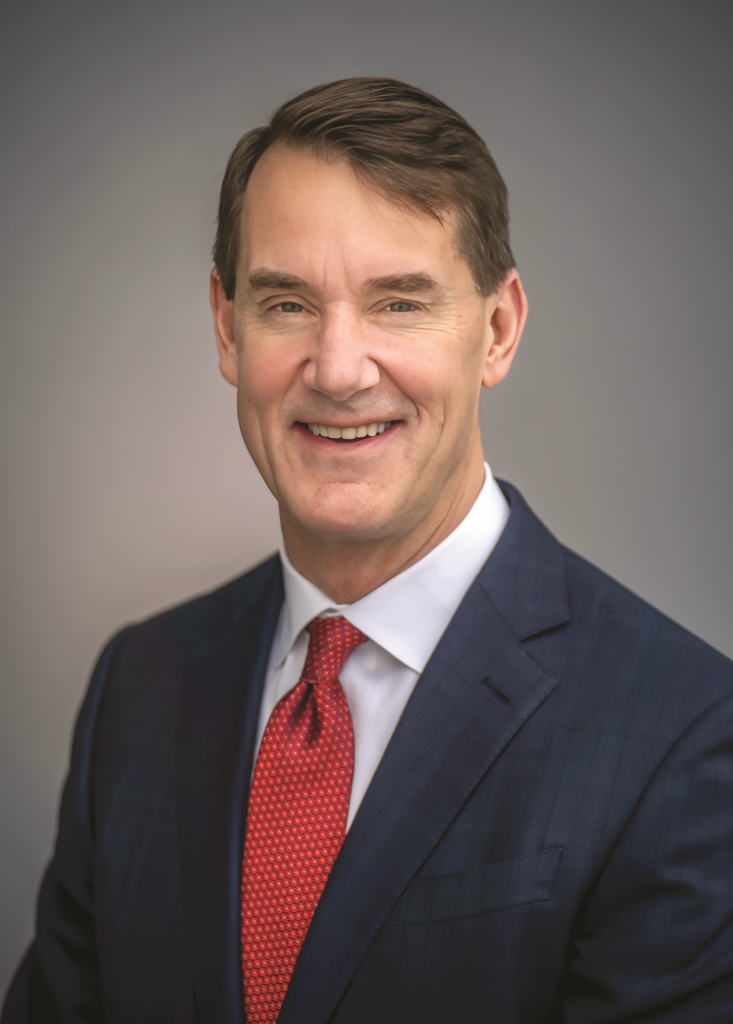
For starters, that means fewer office buildings. Roughly 40 percent of Downtown office space is vacant. Let’s put it to more productive — and more attractive — use.
One idea is to convert our unused offices to residential space. But there’s vastly more vacant commercial square footage in Downtown than there is residential demand for it — especially when you consider the age and condition of our buildings. This alone cannot address the challenge we face.
So what will bring people back Downtown?
Amenities, for starters. Thankfully, Pittsburgh has highly respected arts and cultural institutions, competitive sports teams, a burgeoning restaurant scene and other attractions that draw visitors from the across the city — and beyond. But amenities are table stakes.
Large open spaces and parks can have a transformative impact. If we no longer need high density office buildings, why do we need a downtown composed exclusively of concrete and asphalt? Let’s reimagine a greener city by removing some of our vacant buildings and creating more ways to connect people to our surrounding natural beauty.
Most important, we need a downtown that is clean, safe, livable, and welcoming for all. And I’m encouraged by the partnerships that have been forged to drive progress in these areas. Just last year, we worked with Mayor Gainey and his team to establish a police station and community-focused Downtown Public Safety Center in a refurbished PNC building on Wood Street. And in 2022, we were proud to join a coalition to help launch Second Avenue Commons, a state-of-the-art, low-barrier homeless shelter. More collaboration across private, public and nonprofit sectors will be critical to reimagining – and realizing – a new future.
This future comes down to one simple choice. We can choose to look backwards on what Downtown Pittsburgh once was, chasing a model that is no longer attractive to the public or economically viable. Or we can choose to look ahead to what Downtown Pittsburgh could be: a vibrant, safe and inclusive destination for Pittsburghers and visitors alike. I know which one I pick.



